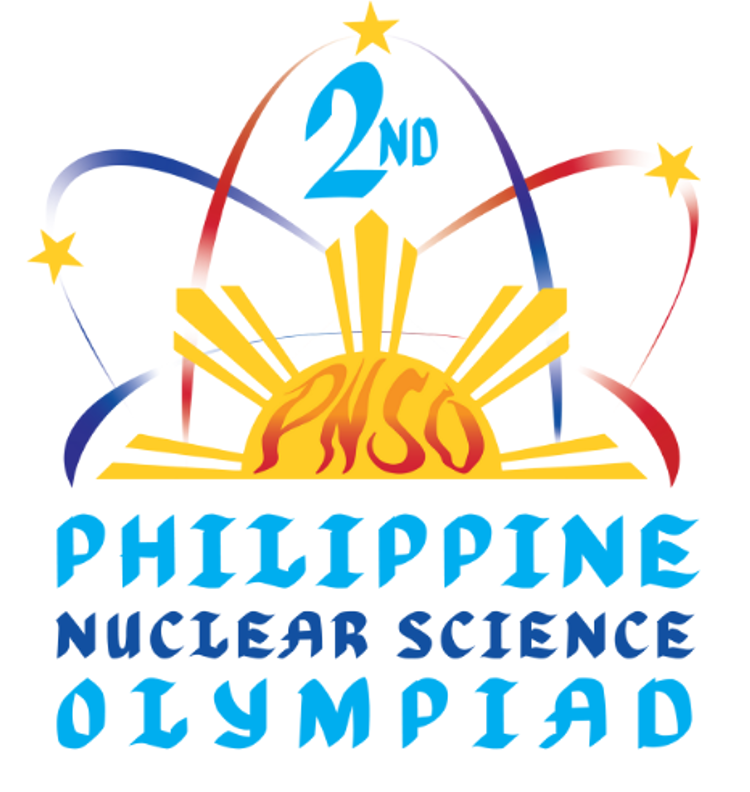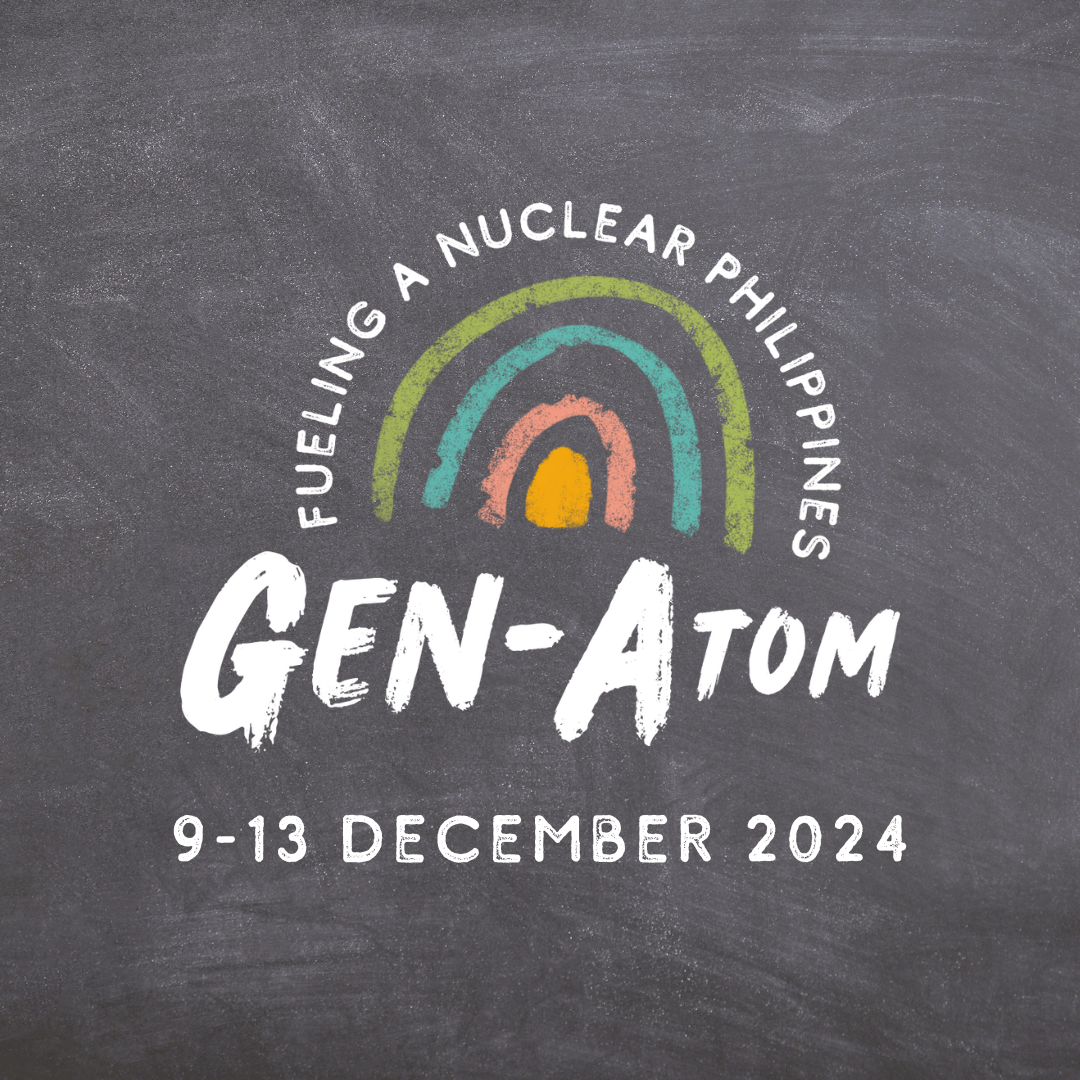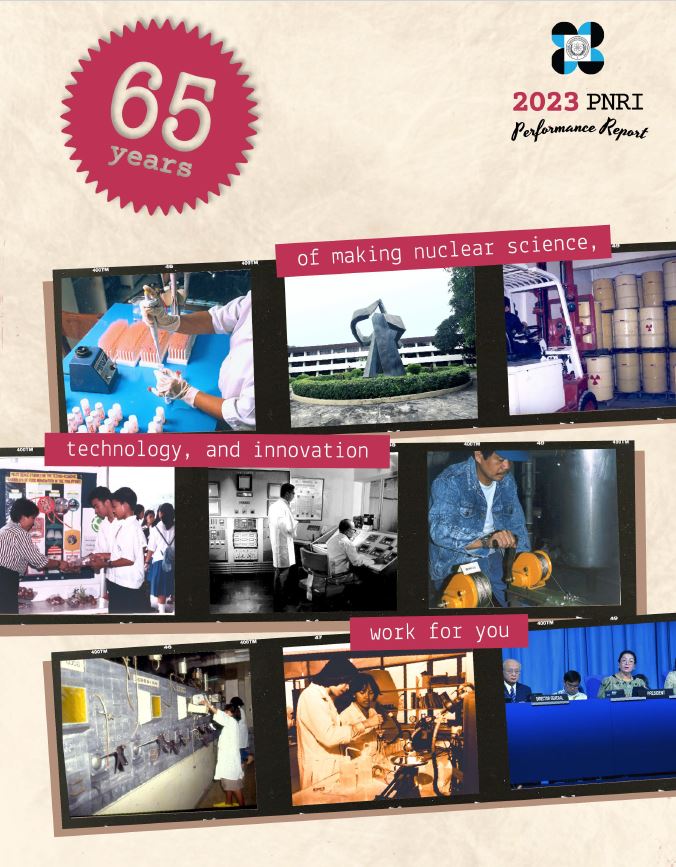Philippines to participate in 67th IAEA General Conference
- Details

Philippines to participate in 67th IAEA General Conference
Highlighting the country’s progress and latest innovations in the nuclear field through its longstanding cooperation with the International Atomic Energy Agency (IAEA), the Philippines will once again participate in the 67th IAEA General Conference to be held at Vienna, Austria.
From September 25 to 29, 2023, thousands of delegates from 177 IAEA Member states will meet to further the Agency’s programs and projects and to showcase the latest developments in the nuclear field across the globe, both in its research and development applications and in issues involving nuclear safety, security and safeguards.
Read more: Philippines to participate in 67th IAEA General Conference
DOST-PNRI holds national training on environmental radioactivity monitoring
- Details

DOST-PNRI holds national training on environmental radioactivity monitoring
The Department of Science and Technology-Philippine Nuclear Research Institute (DOST-PNRI) in cooperation with the Japan Atomic Energy Agency (JAEA) held the 2023 National Training Course on Environmental Radioactivity Monitoring (NTC-ERM) on September 4 to 8, 2023 at the PNRI compound in Diliman, Quezon City. The course was conducted face-to-face for the first time after the worldwide pandemic.
The PNRI-organized training course is an annual workshop that aims to provide working knowledge and practical experience to participants from various backgrounds regarding radioactivity monitoring in the environment.
Read more: DOST-PNRI holds national training on environmental radioactivity monitoring
DOST-PNRI at 2023 Regional Science and Technology Week NCR
- Details

DOST-PNRI at 2023 Regional Science and Technology Week NCR
Featuring its nuclear and radiation-based innovations in the field of medicine and agriculture, the Department of Science and Technology - Philippine Nuclear Research Institute (DOST-PNRI) joins in the celebration of the 2023 Regional Science and Technology Week for the National Capital Region.
Exhibits were open from August 30 to 31 at SM Aura in Taguig City, with PNRI researchers highlighting the applications of its Radiation-Processed Hemostats for wounds in medical and emergency situations, as well as its successfully commercialized Carrageenan Plant Growth Promoter, which can increase the yield of food crops.
Read more: DOST-PNRI at 2023 Regional Science and Technology Week NCR
Philippines to host 1st International Nuclear Science Olympiad
- Details
Philippines to host 1st International Nuclear Science Olympiad
Taking the lead in fostering nuclear education not only in the Philippines but across the globe, the Department of Science and Technology - Philippine Nuclear Research Institute (DOST-PNRI) facilitated the preparatory meeting from August 7 to 11, 2023 for the country's hosting of the first International Nuclear Science Olympiad (INSO) in 2024, with representatives and experts from the International Atomic Energy Agency (IAEA) and other countries in attendance.
Along with the INSO meeting, DOST-PNRI also hosted the IAEA Sub-Regional Workshop on the Development of Education Resources for Secondary Education, attended by educators and officials from the Department of Education.
Read more: Philippines to host 1st International Nuclear Science Olympiad
















































